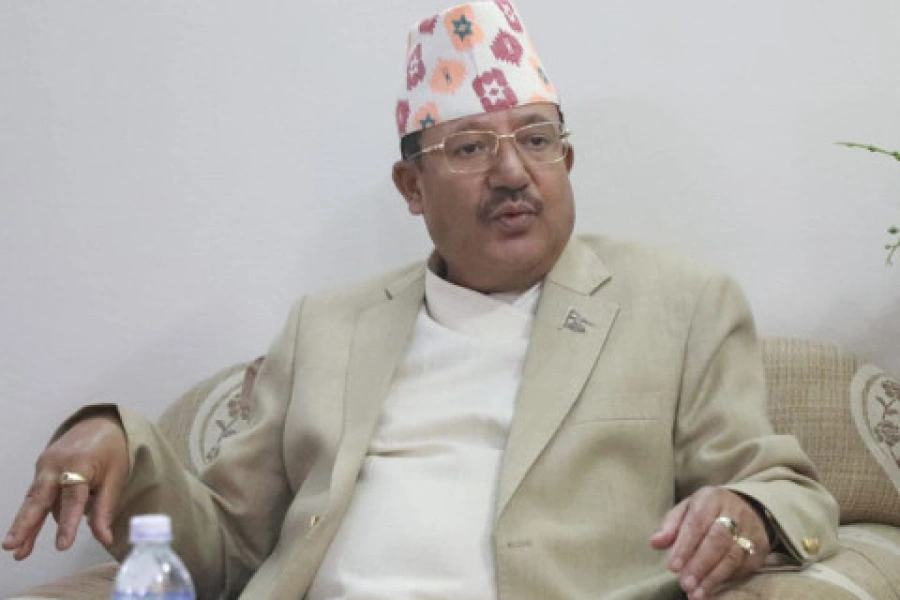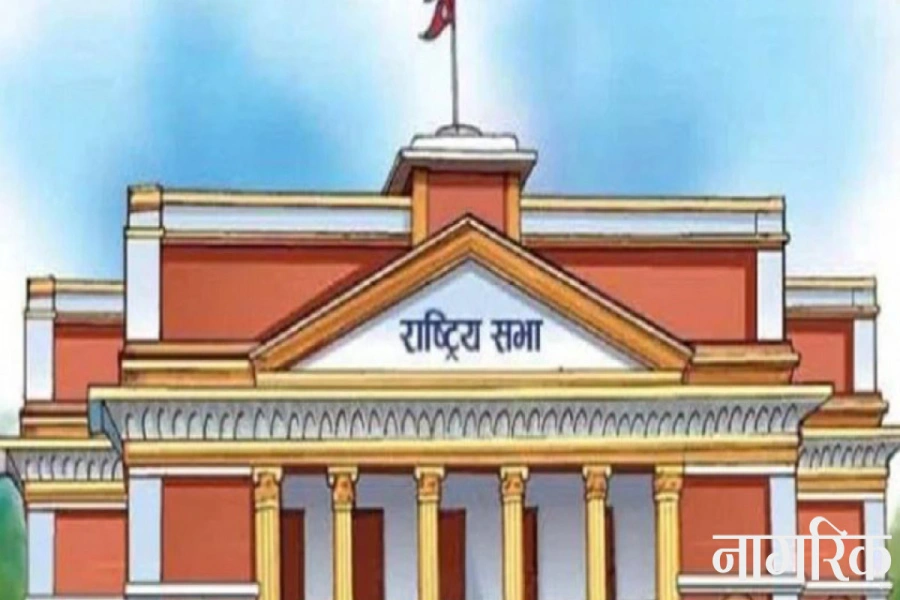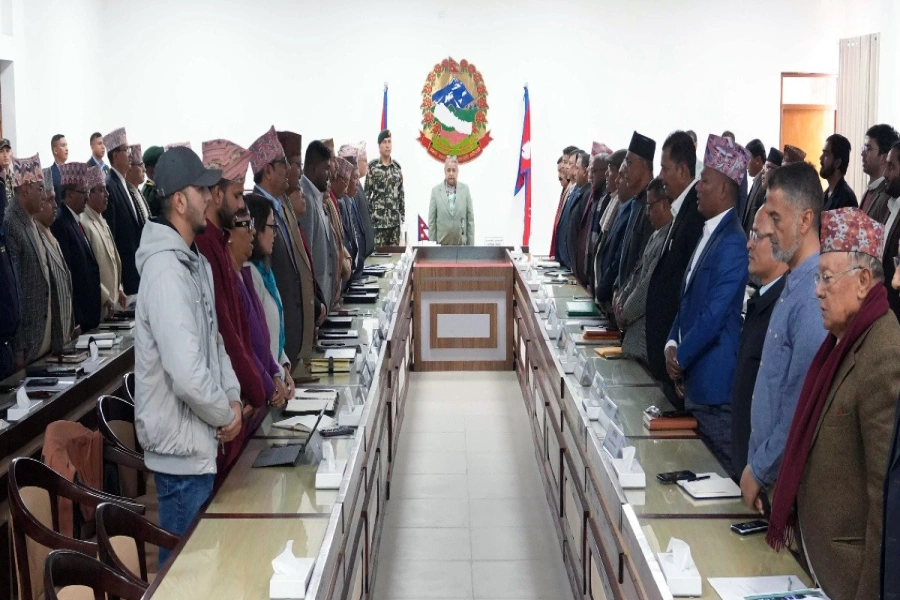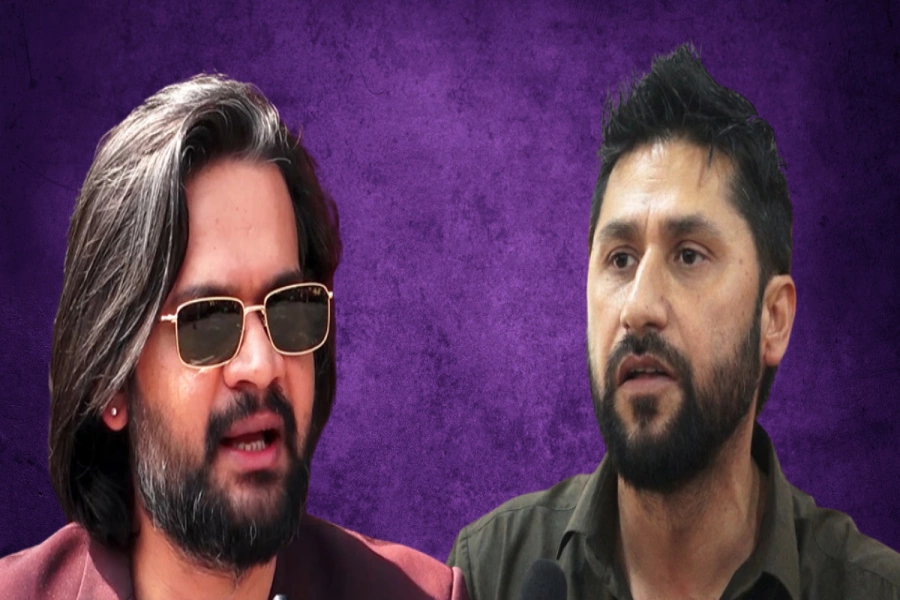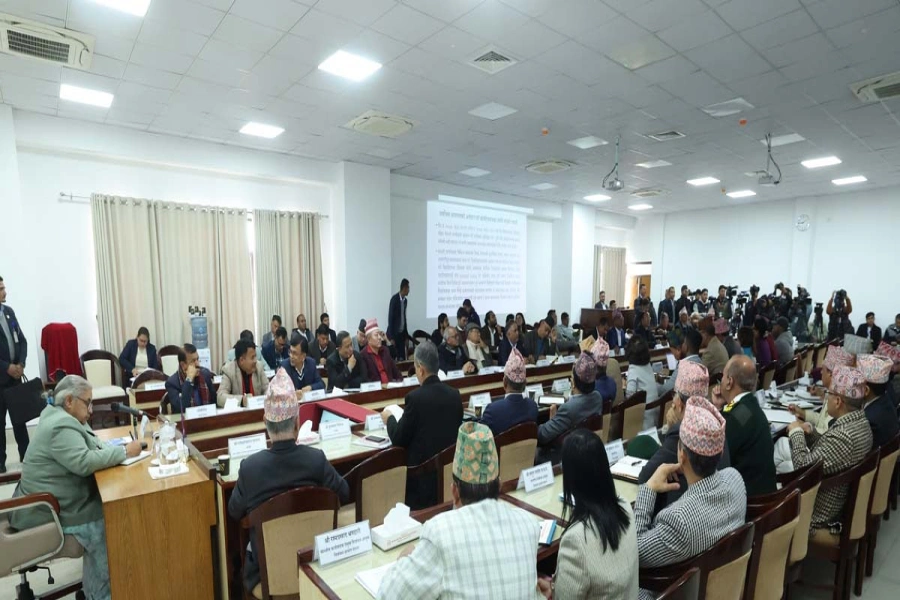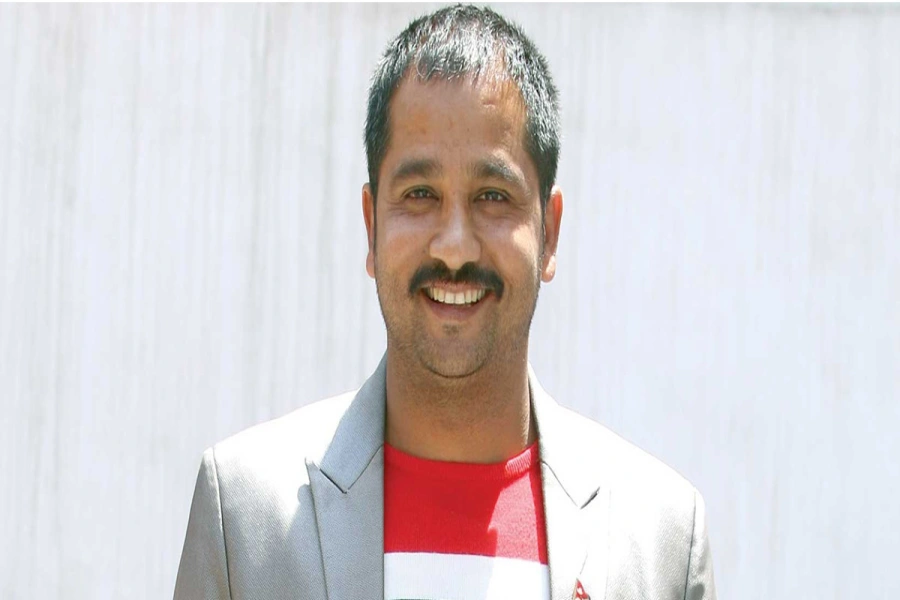Once old is new again may well be a mantra as one-time leaders return to leadership posts again — from Nepal to Southeast Asia. Every year, we take a look back at the year that was - at Asia's triumphs and tragedies. And 2022 was no different as we took to CNBC at year's end to premiere our Best to Worst Year in Asia list.
In our 2021 annual review, we awarded “worst year in Asia” to Afghan women and girls — a consequence of the US and its allies’ chaotic withdrawal from Afghanistan and the return of Taliban rule. “Best year” went to Asia’s Cold War warriors as social media, “wolf warriors” and politicians helped drive a return to Cold War rhetoric amid worsening US-China relations.
Now, with 2023 upon us and hopes for Covid in retreat and inflation in moderation in the year ahead, we take one last and updated look at Asia 2022.
Best Year: Southeast Asia’s comeback kids — Marcos and Anwar
Perseverance proved a winner in 2022 as the year ended with Ferdinand “Bongbong” Marcos Jr. of the Philippines and Anwar Ibrahim of Malaysia becoming leaders of their respective countries. One salvaged a family legacy, the other moved from prison to power — narratives fitting for a Netflix series.
In the Philippines, Marcos — the namesake son of his authoritarian father — won a landslide election in May for president despite what detractors still see as a family legacy of corruption and impunity. More than 35 years earlier, in February 1986, the senior Marcos and his wife Imelda had fled to Hawaii in exile, driven out by a People Power Revolution and a loss of US support.
And in Malaysia, Anwar finally proved a winner in November, leaving behind the long-held descriptor of “prime-minister-in-waiting” to become his nation’s 10th prime minister. This followed decades marked by smear campaigns, imprisonment and backroom intrigue as the one-time deputy prime minister challenged vested interests with his vows to combat corruption.
Oscars 2019: Full list of winners

The two now face the challenge of governing and moving their respective countries forward. Stay tuned for the next episode.
Good Year: Taiwan’s semiconductor chipmakers
In a year that saw tensions between the US and China reach a feverish peak as US Speaker of the House Nancy Pelosi visited Taipei, the island’s sophisticated semiconductor industry ended the year in a good position. Taiwan’s chipmakers are valued and deemed more essential than ever.
Semiconductor chips lie at the heart of everything from computers to cars and smartphones. Underscoring the Taiwanese tech industry’s critical role, a Semiconductor Industry Association (SIA)/Boston Consulting Group 2021 study found that 92% of the world’s most advanced semiconductor manufacturing capacity was located in Taiwan. The other 8% was in South Korea. https://www.semiconductors.org/strengthening-the-global-semiconductor-supply-chain-in-an-uncertain-era/
A rare bipartisan US Congress has taken notice, passing in July 2022 the CHIPS and Science Act, which allocates US$52 billion in federal funding to spur further domestic production of semiconductor chips. In December, the world’s dominant chipmaker, Taiwan Semiconductor Manufacturing Company (TSMC), announced plans for a second semiconductor chip plant in Arizona, upping to $40 billion what is already one of the largest foreign investments in US history. https://www.cnbc.com/2022/12/06/tsmc-to-up-arizona-investment-to-40-billion-with-second-semiconductor-chip-plant.html
With numbers like those, Taiwan’s semiconductor industry ends the year on the move, still building ties and winning growing support from business and government in the United States and elsewhere.
Mixed Year: Asia’s “love” for crypto
Like in much of the world, investors in Asia — once bedazzled if not bewitched by the now embattled crypto industry — end the year in a mixed mood. Industry meltdowns have left many, including in government, wondering if the message of caveat emptor — buyer beware — is sufficient, and new regulations loom.
The crypto exchange FTX’s billions-dollar implosion set off alarm bells throughout the region. Singapore’s Temasek Holdings, which has written off its entire US$275 million investment in the now-collapsed FTX cryptocurrency business, has suffered “reputational damage,” Deputy Prime Minister Lawrence Wong said. <https://www.scmp.com/week-asia/economics/article/3201569/temasek-suffered-reputational-damage-over-ftx-losses-conducting-internal-review-singapore-dpm>
The pioneering and then collapsing fintech companies that helped create the 2022 crypto winter range from Terraform Labs, the Singapore-based company behind cryptocurrency TerraUSD to the now bankrupt Singapore-based hedge fund Three Arrows Capital. The year also saw Bitfront, a crypto exchange backed by Line, one of Japan’s largest social media players, close its doors. <https://www.washingtonpost.com/business/2022/12/05/crypto-ftx-collapse-bankruptcy-companies/>
Still, hope springs eternal that in Asia and elsewhere, a crypto-spring will come as part of the ongoing embrace of a “digital asset economy” and “all things fintech.”
Bad Year: Sri Lanka — the (One-time) Pearl of South Asia
Even amidst ongoing food security and economic worries across much of Asia, the images of angry citizens storming the official residence of Sri Lanka’s President Gotabaya Rajapaksa and the Presidential Secretariat stand out in what was most decidedly a bad year for this one-time “pearl of South Asia.”
Sri Lanka continues to face a multidimensional crisis. A broken economy, depleted foreign currency reserves, high inflation—at one point reaching more than 70% <https://www.bbc.com/news/business-62990385>—and power, fuel and food shortages made worse by the impact of the war in Ukraine, a growing “brain drain” and meager tourism numbers characterize this south Asian nation today. By September, nearly 200,000 Sri Lankans had left the island nation and thousands of other would-be emigrants are planning to do the same in search of a brighter future elsewhere. <https://www.asianews.it/news-en/Almost-200,000-Sri-Lankans-emigrated-in-2022-so-far-56534.html>
An IMF deal to restructure Sri Lanka’s debt could provide much-needed cash and economic stability, but negotiations remain complicated by large amounts of Sri Lankan debt held also by China, India and Japan.
Worst year: China’s beleaguered, once-locked-down citizens
While China once took understandable pride in an extraordinarily low number of (officially reported) Covid-related deaths, the nation has since become a showcase for the negative consequences of uneven efforts to contain the virus. After an abrupt reversal in December from a zero-Covid policy to what some see as zero policy on Covid, tens of millions of Chinese have reportedly become quickly infected. What should have been a good year for Chinese President Xi Jinping as he consolidated power and set the stage for another term as China’s president has instead closed with a wave of Chinese discontent — and sadly, Chinese illness and deaths.
By early December, anti-lockdown protests had been reported in numerous cities including at the world’s largest iPhone assembly factory in Zhengzhou as China’s zero-Covid policy took its toll on the economy and everyday people’s mental health. "We want freedom, not COVID tests," became a common chant of some protesters, according to Reuters, as individuals “pushed the boundaries by speaking for change in a country where space for dissent has narrowed dramatically.” <https://www.reuters.com/world/china/dont-yell-that-fears-compete-with-calls-freedom-china-protests-2022-12-02/>. Watch what you wish for.
Now, as China's leaders reversed nearly three years of lockdowns and seek to rapidly reopen to the world, reports are emerging of overwhelmed hospitals, and crematoria working overtime due to a spike in deaths, including among China's often unvaccinated elderly. Official Chinese statistics though continue to report few deaths under new definitions of what constitutes a "Covid death" — bringing renewed questions from China's own people about accountability and transparency. And so, even as hope has returned for a better year ahead, China’s beleaguered, once locked-down citizens take the dubious honors of worst year in Asia 2022.
Let's hope that 2023 proves a better year for them and the world.



